How to Succeed as an Artist
Let’s face it, the art business is tough. And the gage of “success” is a moving target. Is it money? Accolades? Galleries and collectors? Museum shows?
Or…maybe true success is found by looking inward. Maybe success comes when you reach the point where your creative vision and expression unite as an authentic work of art?
Inspiration
If successful artists are those who have found the freedom to create and have learned to actualize their vision, then I believe the sculptors in a show I curated for the PACE Center are tremendously successful.
“Women with Power Tools,” May 16-July 6, 2023, turned a spotlight on four sculptors who probably don’t spend too much time worry about the definition of success; they simply are successful.
A Note About This Exhibit & Blog
A few years ago, sculptor Autumn T. Thomas told me a story about buying a table saw she needed to create a new series of work.
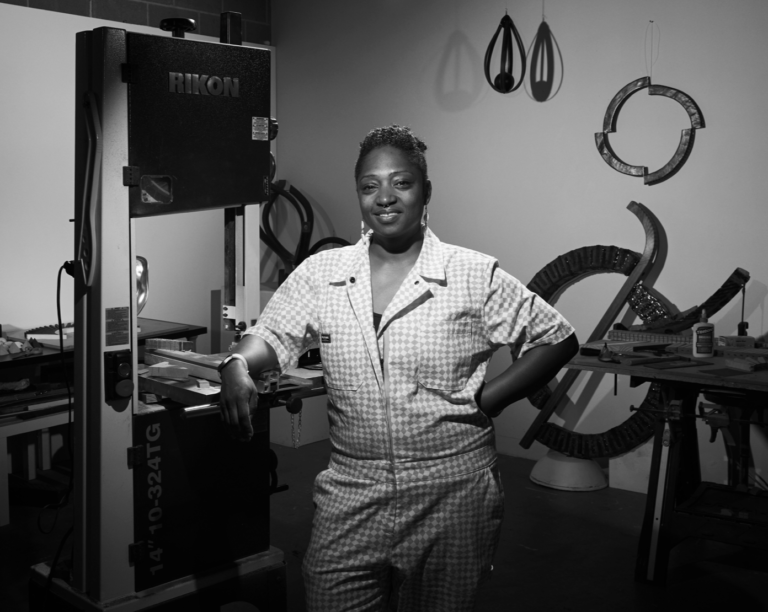
She researched the one she wanted and found it at a hardware store. When she finally flagged down a salesman to help her load it onto a cart, he looked at her and said, “You don’t need that.”
And then he walked away.
I was dumbfounded by this story, though I shouldn’t have been.
Autumn isn’t the first female artist to run up against such chauvinism and won’t be the last. But it got me thinking about the tough-as-nails women sculptors I know who have created important and monumental works, chauvinists be damned.
“Women with Power Tools” isn’t about “women” artists, not really, anyway. It’s about great art. Ingenious art. It’s also about perseverance and determination and the drive to press on past every obstacle, not the least, your body’s physical limitations.
Because the show is comprised of 3D works, I interviewed each artist for didactic wall materials. This blog is an edited version of those interviews and focuses on the qualities I believe make each artist a success.
Madeline Wiener, stone sculptor
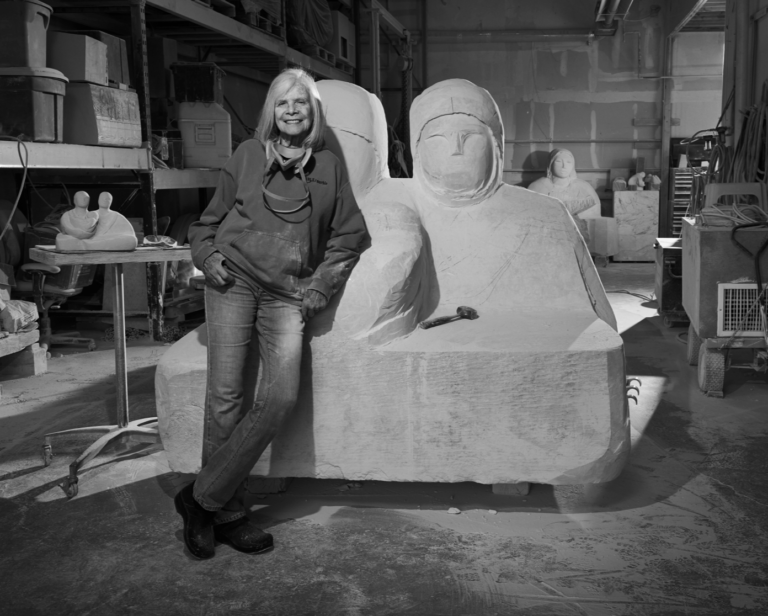
My mother saw me as a nice, little housewife.
“I remember, in my mid-20s, I was running a brush through my hair when my mother walked by and noticed the definition in my arms. She was appalled. She said, “Women are not supposed to have muscles.” I thought, how ridiculous was that? Welcome to the 20th century, Mom.
“I was studying painting at the New York School of Visual Arts. I wanted my paintings to pop off the canvas; I wanted my work to look as dimensional as possible. And I was always sketching sculpture and people. One of my teachers said, “Have you ever thought of carving?”
“For the first seven years I carved in soft stone with a hammer and chisel. I love that sound. The stones were 35-40 pounds—whatever I could carry up two flights of stairs to my studio in New York City.
“Now I’m working in tonnage. I use a folk lift, grinders, diamond cutting tools. I’m 75 years old, so my assistant of the last 40 years does my chainsaw work. I’ve carved more than 60 private and municipal sculptures and learned early on to accept help.
“I had to learn by myself because my stone carving teacher was a bronze sculptor. He didn’t have the knowledge I needed.
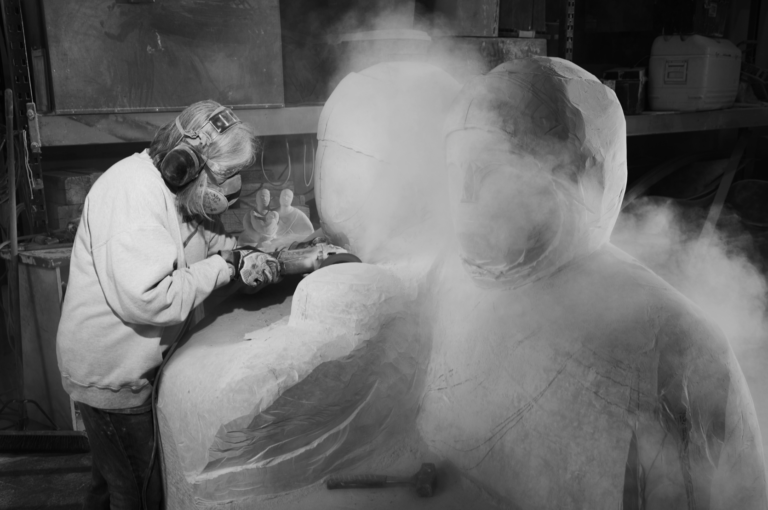
The book “Contemporary Stone Sculpture” by Dona Meilach—a woman—taught me everything I needed to know. I still use that book today when teaching new artists.
“The other person who taught me about power tools was Frank Swanson who put a grinder in my hand and walked away. That grinder started arcing the second I turned it on, and I threw it across the studio floor. When I brought it back to him, he said, “You broke it, you fix it.” It was his mean way of making me become self-sufficient. He did me a favor that I didn’t understand at the time.”
To learn more about Madeline Wiener, visit www.MadelineWiener.com.
Autumn T. Thomas, wood and mixed media sculptor
“I’ve become attuned. If I’m cutting wood and it has tension or a knot, I can feel that through the vibration of the tool, so I know if I should slow down.
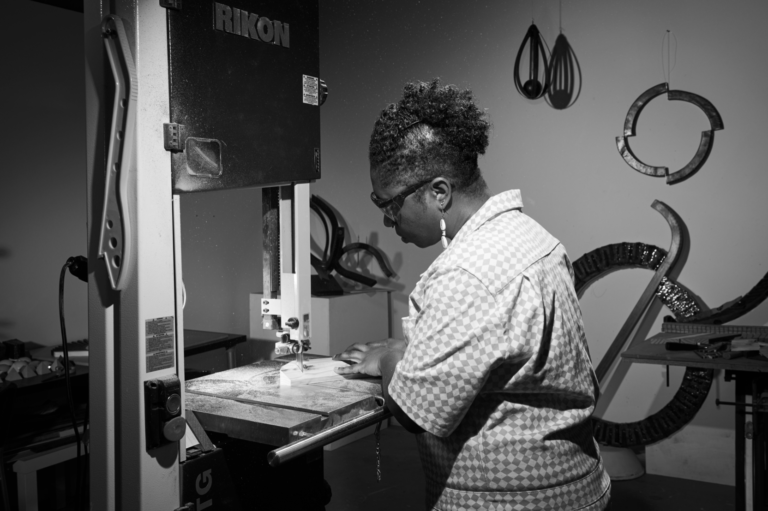
There’s a different language that you learn when working with bandsaws and table saws. Blades sing or vibrate differently.
“There are nuances with power tools. You have to trust the tool’s power and respect it. Once you do that, you can sort of wield its power to your advantage.
“My pieces are fragile. When I started out, it was devastating when something would break. But now I think it’s the nature of art. There are no mistakes. There are no rules. I’m making something that doesn’t exist. I’m making something that no one asked for. If I make a cut too far, I accept it and embrace it. This understanding has allowed me to be freer.
“I’m a spontaneous sculptor. When I’m at the point of cutting the wood, that’s also the point in which I’m developing the idea. When I’m taking away from the wood, this is where I’m embedding my ideas and feelings into the piece. I have to be in tune and focused to be safe. All these ideas and feelings combine with me and the power tool to go into the wood. Once I’m finished cutting, the wood is imbued with emotional power. The final step is to take it from a beautiful piece of wood into a beautiful piece of art.”
To learn more about Autumn T. Thomas, please visit https://atthomas.com.
Pati Stajcar, bronze, wood, and stone sculptor
“I’d always been the wild child. Definitely not a girly-girl. Using power tools was just a means to an end. I never thought I was doing anything different than anyone else.
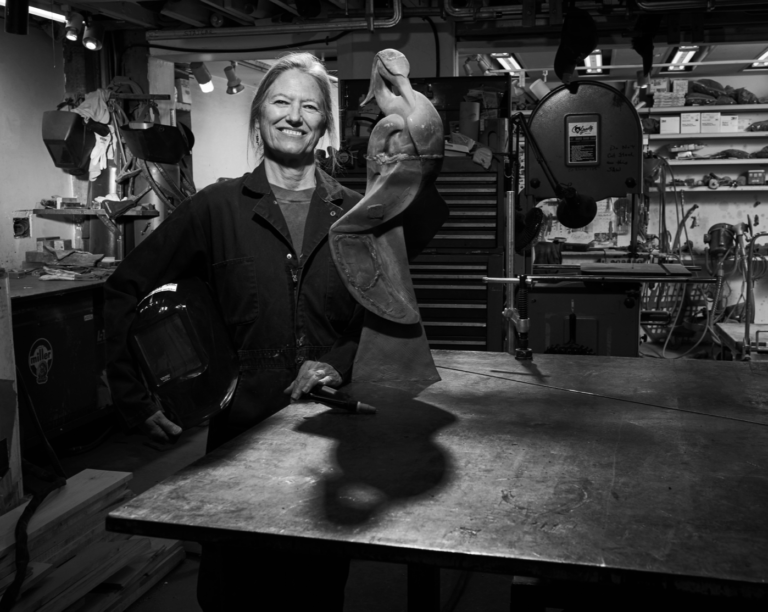
I’ve got more diamonds than any woman I know. And they’re all industrial strength.
“When I was learning to carve wood, I only used hand tools. It’s a really good way to learn; you get the feel of the wood. When I got more confident and started using power tools, I had to learn to go slow and work in stages.
“The first thing you have to master is confidence, that you’re not afraid of your tool. That confidence comes with the comfort of the tool in your hand.
“I love mistakes. I have almost never made a piece that came out the way I envisioned it first off. Every time I’ve had an accident—might not even be my mistake, it might be in the material I’m working with, a rotten piece in the middle of the wood—once it’s exposed, I learn how to get around it. If I go in with an open mind and let the wood or marble take me on its journey, it becomes a better piece than I envisioned.”
To learn more about Pati Stajcar, please visit https://stajcar.com.
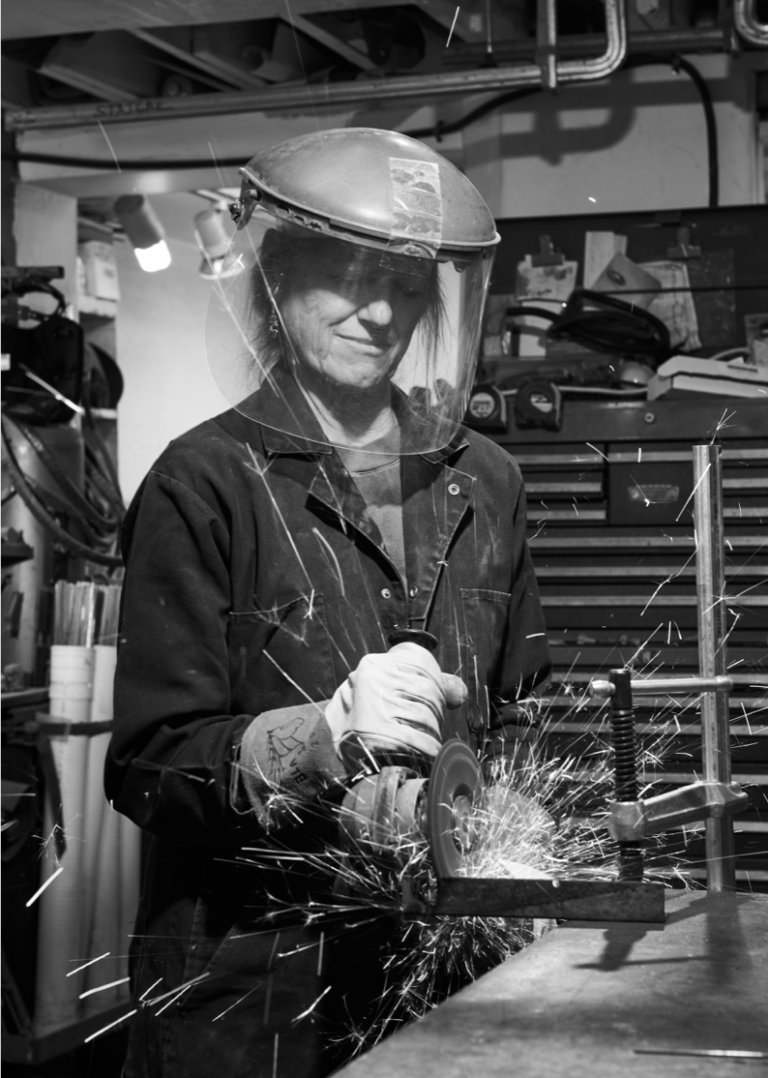
Alex Branch, interdisciplinary
“In college, I had a drawing instructor who made us keep a sketchbook. I started sewing objects onto the pages of mine and attached different materials that made the books become three-dimensional. At one point my teacher told me that was a strength, my use of materials.
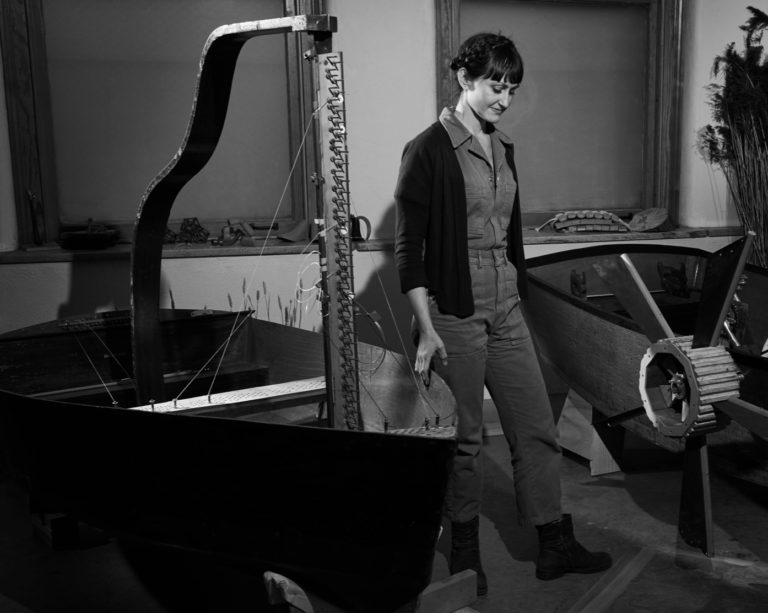
I’ve always liked to take things apart and put them back together.
“I spent a lot of time on a decommissioned lighthouse boat that’s docked on the Hudson River. In the hull, I noticed how the sound from outside resonated like the body of a cello or guitar. And the boat’s rigging lines made it look like an instrument. I thought, what if I intentionally made a hybrid of the two?
“When I was living in New York City, I didn’t have a space to make a boat so, I got a residency in New Mexico, which is ironic because there’s not a lot of water there. I had to make a boat in six weeks. I used an old form of boat building called “stitch and glue,” which is a descendant of the sewn boat building technique.
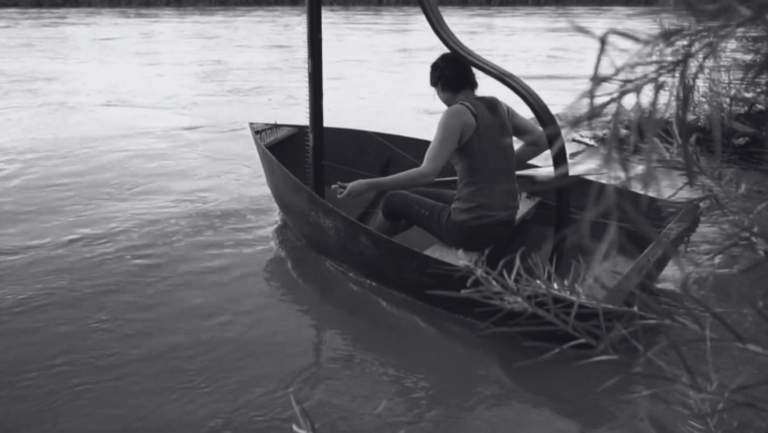
“I play guitar but I’m not a musician. I think there’s a difference between someone who plays and someone whose medium is music. I can play my boats but something different happens when a musician plays them.
“It’s mysterious where ideas come from. You get an idea, and you go after it. You catch the scent of it and go after it and you don’t know what will happen along the way.”
To learn more about Alex Branch, please visit https://alexbranch.com.
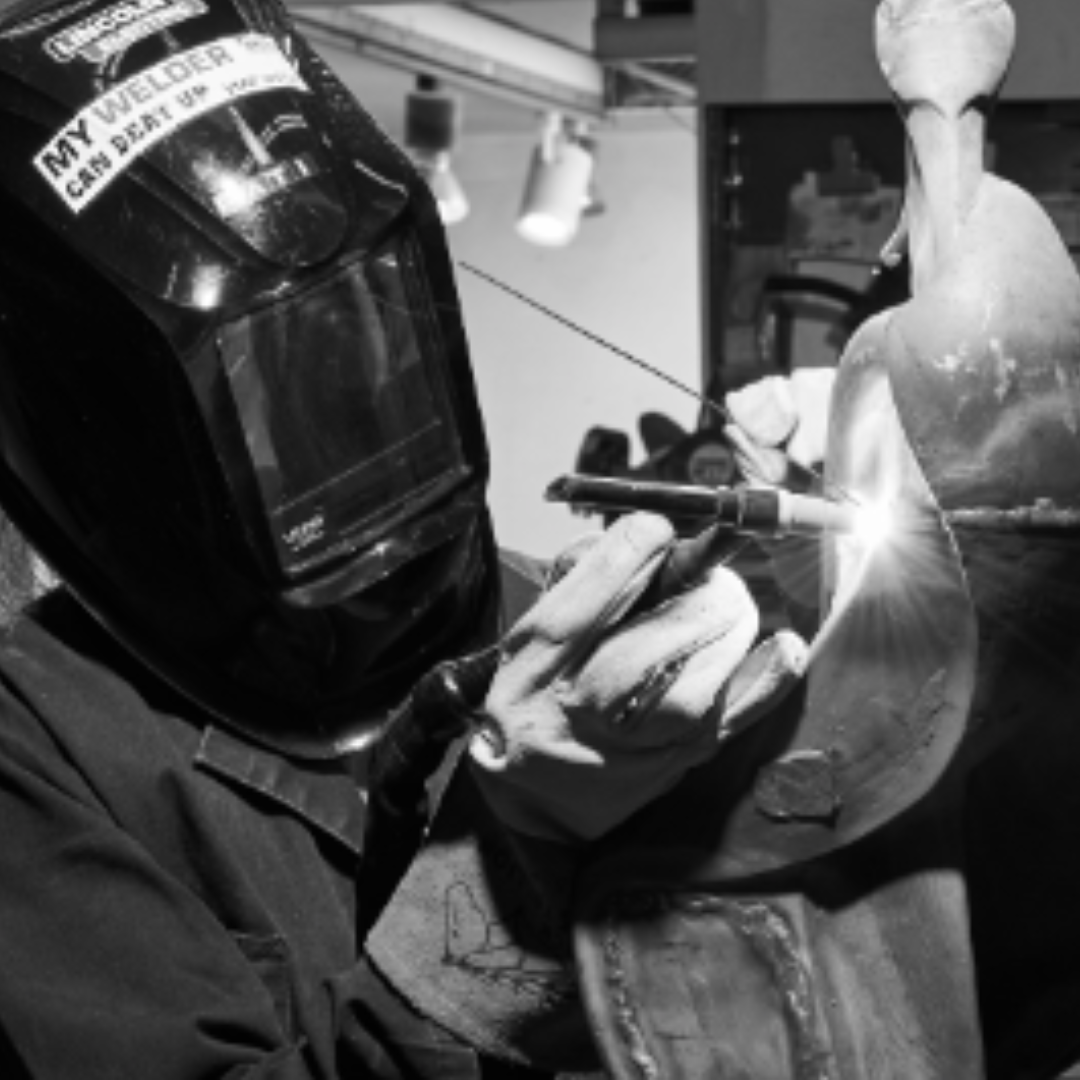
2 thoughts on “Talking to Women with Power Tools”